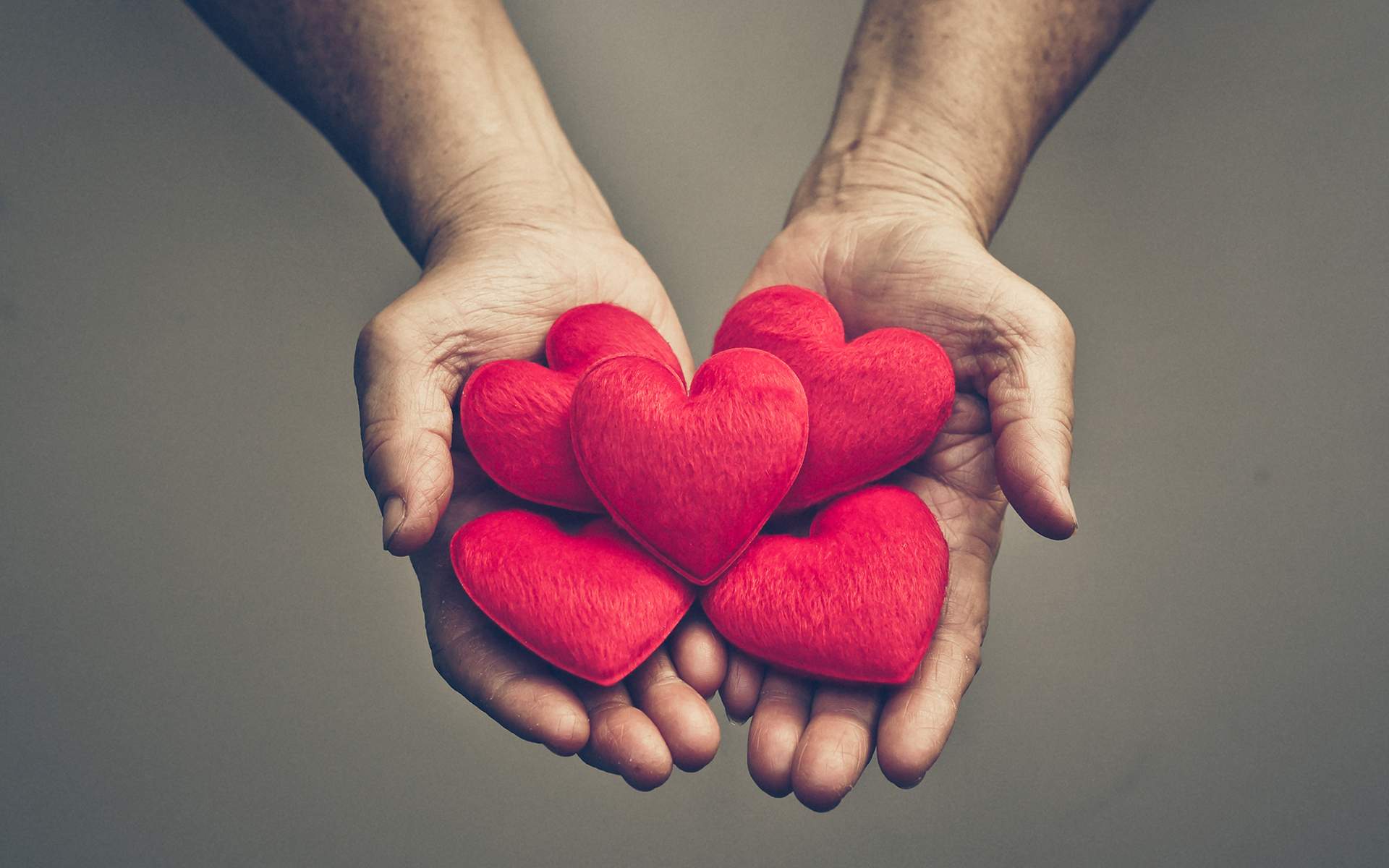
Boost Compassion & Courage in 15 Minutes
Discover how a simple 15-minute self-affirmation exercise can increase compassion, reduce schadenfreude, and boost courage. Science-backed results!
How the Welcome Table program fosters racial reconciliation through personal storytelling and community dialogue in Mississippi and beyond.

Bozzie and Judy Edwards, an African American couple in North Mississippi, carry painful memories of segregation-era racism. Their experiences—like being denied service at a dairy bar or facing violent threats—reflect the deep racial wounds that persist in communities like Calhoun County.
These stories often remain untold across racial lines. But through the Welcome Table program, created by the University of Mississippi's William Winter Institute for Racial Reconciliation, residents are breaking this silence.
The Welcome Table follows a structured three-phase approach:
Trust-Building Phase (6 months):
Education Phase (6 months):
Equity Development Phase (ongoing):
Key outcomes from Welcome Table participants:
Psychologists emphasize storytelling's unique power:
"People take action to dismantle racism when they care about the people they see as disadvantaged." — Dr. Beverly Daniel Tatum
The program has expanded to:
Program leaders note:
The Welcome Table offers these guidelines:
While America's racial divides run deep, programs like the Welcome Table demonstrate how authentic storytelling and sustained dialogue can build bridges. As participants like Don Cole note:
"Only through ongoing, honest conversation can we reach shared truth—and the power to create change."
For communities seeking racial reconciliation, the path begins with one simple but courageous act: listening to each other's stories.

Discover how a simple 15-minute self-affirmation exercise can increase compassion, reduce schadenfreude, and boost courage. Science-backed results!

Explore Ohio's forgotten towns and scenic backroads while learning mindfulness lessons from unexpected detours. A travel reflection on seeing beyond the highway.

Learn a simple 3-step mindfulness technique to unhijack your attention, reduce stress, and improve present-moment awareness in just 2 minutes.